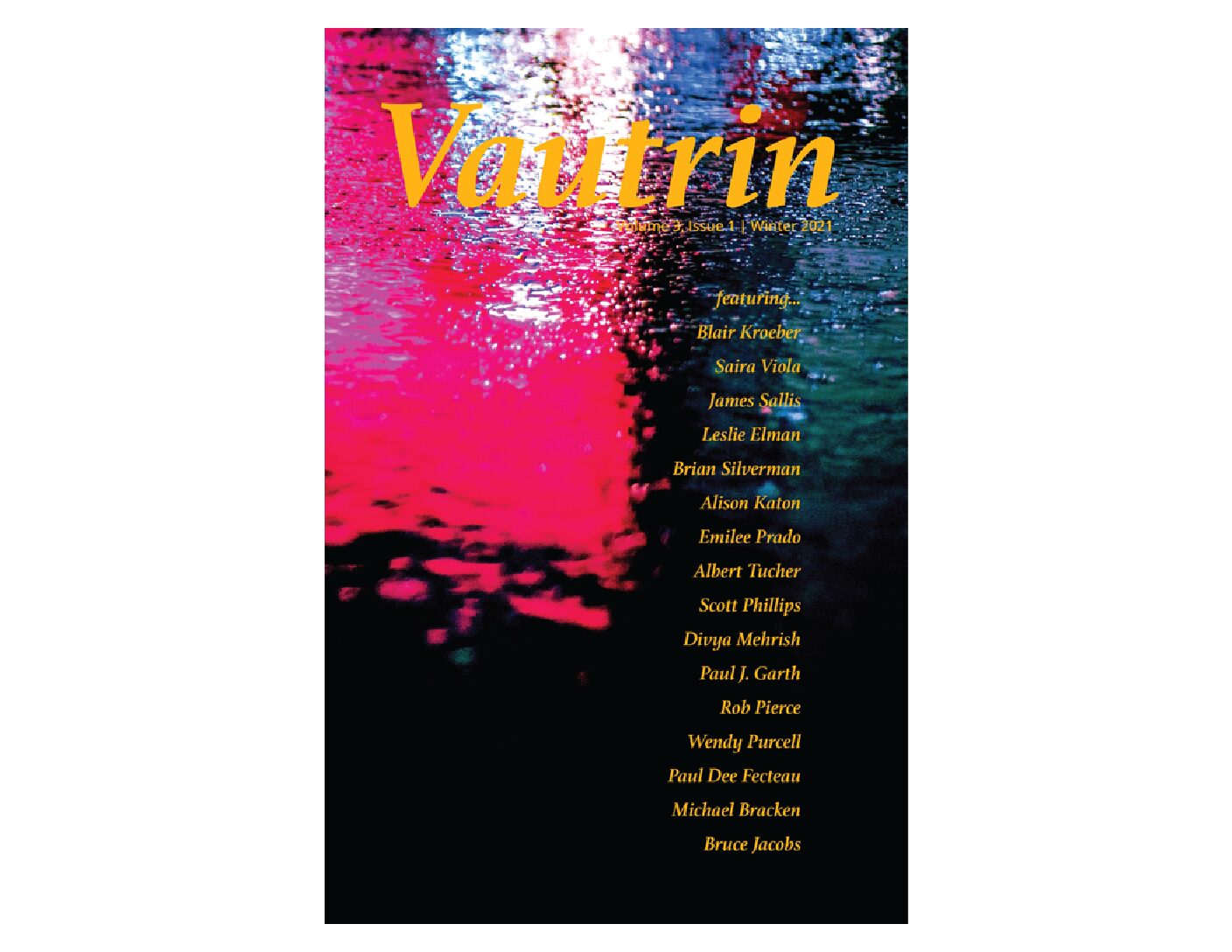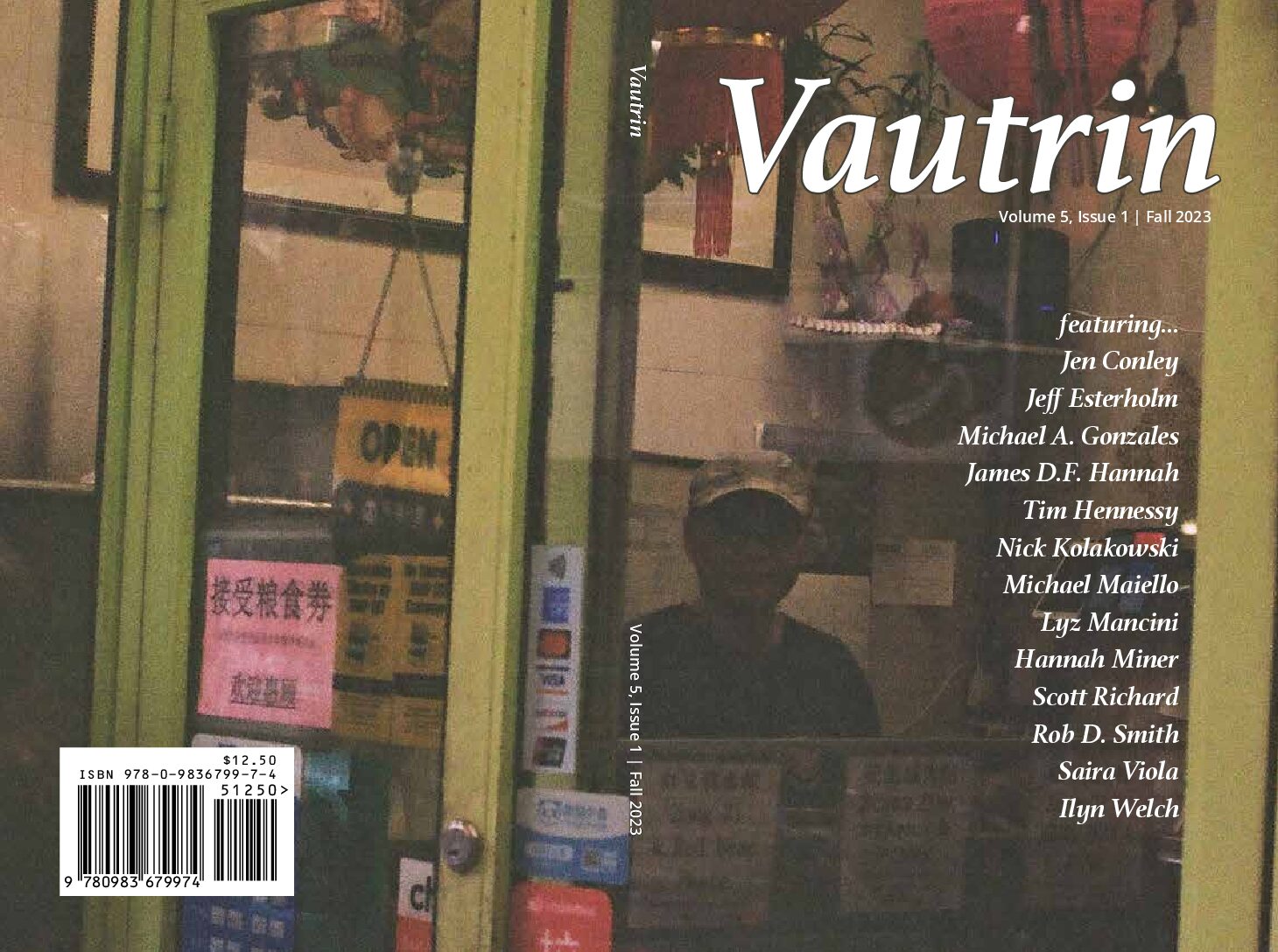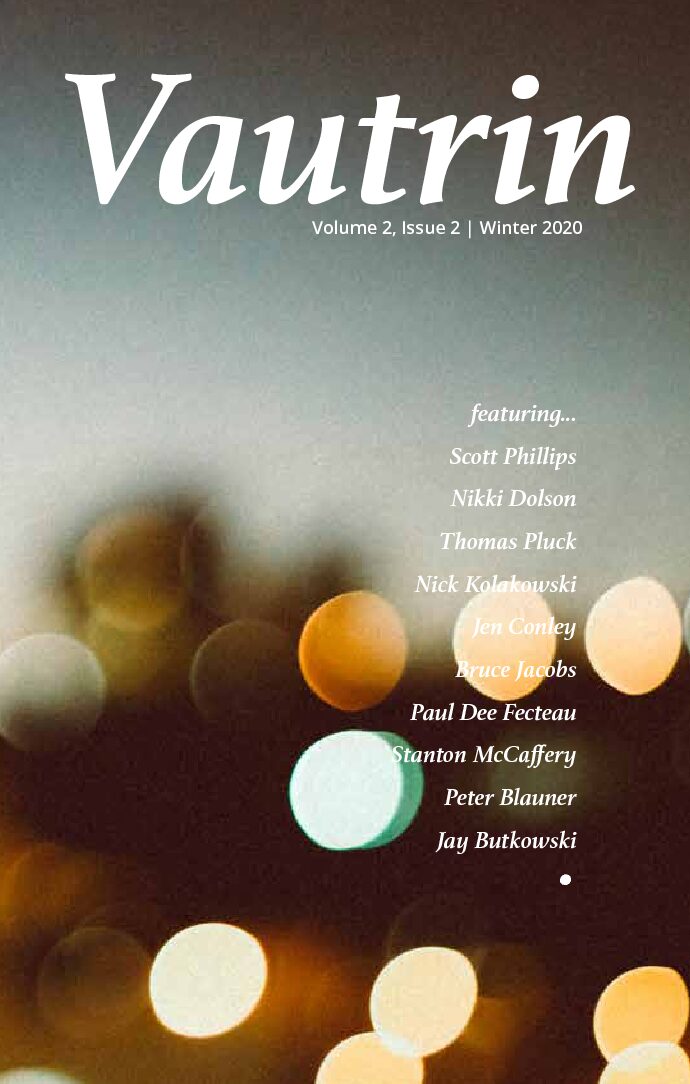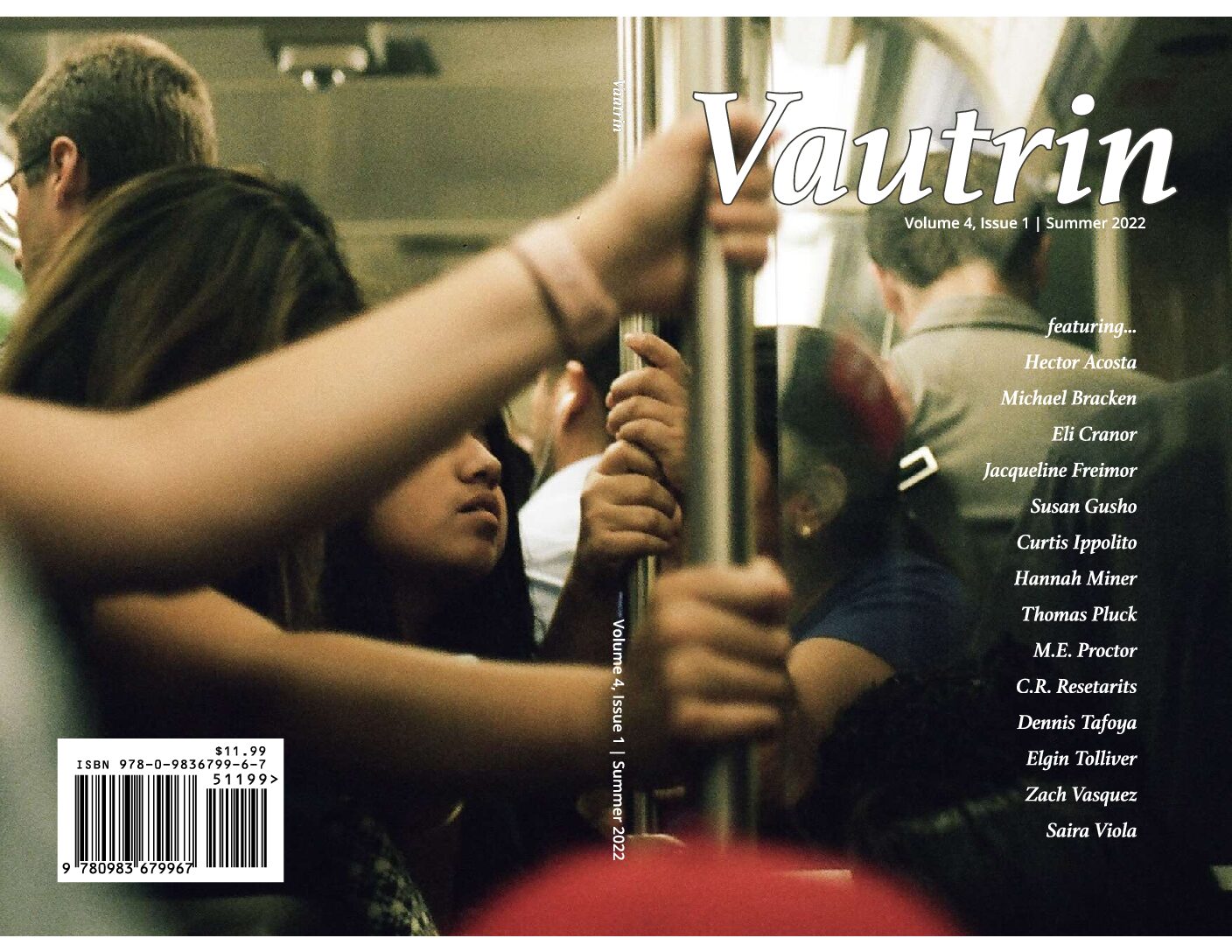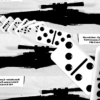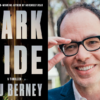By Bruce Jacobs /
Coming from a former Pulitzer finalist at the Philadelphia Inquirer, longtime foreign correspondent for the Los Angeles Times, and recent migrant to downtown L. A., Jeffrey Fleishman’s My Detective resurrects the spirit of Raymond Chandler in the first of a planned noir trilogy featuring LAPD homicide detective Sam Carver.
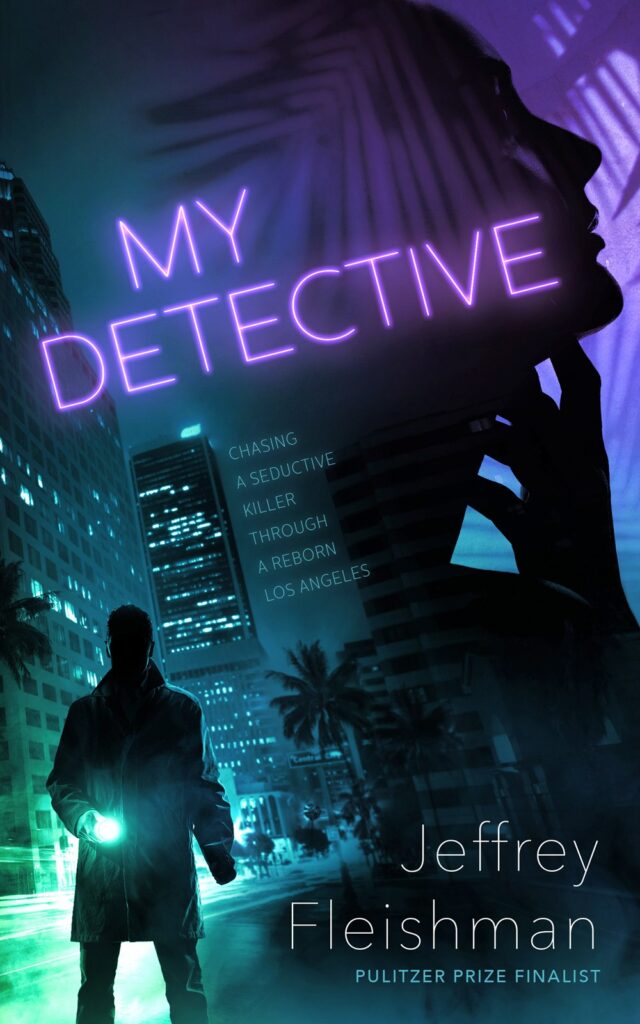
Carver is old-school—the Phillip Marlowe brooding type. He lives alone across from a decaying former grand hotel now hosting the homeless under tarps on its sidewalks. When a book, or old flick, or noodling on his battered upright piano, or sipping a scotch doesn’t put him to sleep, Carver takes a cup of tea and his bottle to talk with the crusty Esmeralda: “a little black Sisyphus, probably no more than ninety pounds, pushing her belongings every day up and down the sidewalk.” A streetwise oracle, she listens and puts his troubled thoughts into perspective. When Esmeralda isn’t “home,” Carver takes his cares to the retro Little Easy tavern where barkeep Lenny works the stick and pokes him about his crappy love life. A lonely guy needs whatever friends he can find.
Fleishman wastes no time introducing the killer. In the first person narrated opening paragraph, she describes the murder: “I sneak up from behind, yank his chin, lift the knife. So fast. The blade tugs at first but slides across the throat. His shoulders go slack; his chest softens. His feet do a puppet dance, but I thought there’d be more fight in this wiry rattle of a man.” Carver catches the case.
The victim is a notable architect slumming with a hooker downtown. The press, the mayor, and especially Police Chief Ortiz are all over Carver to solve this one. In a city where big money drives development and new high-rises (and underwrites political campaigns), rich young hotshots don’t get their throats cut. As Ortiz puts it: “Financial crimes are one thing. They don’t bother the one percent. They’re like tickets for speeding or watering your lawn during a drought. Put a check in the mail. But the rich don’t like stiffs, especially their own.”
Carver is stuck. With a crime scene so clean he has no place to start except with the know-nothing prostitute who saw the dead man last, he takes his thoughts to the beach: “A few surfers. Tourists. Russians. Iranians. A busload of Koreans. That dog with sunglasses and his wino owner, yoga classes, volleyballers, homeless, shopping carts, jugglers, a snake charmer, and a doom prophet, his long black hair down and wet, his tie-dye shirt drying on the sand like a banner in the sun.” Fleishman knows his L. A. beach flotsam and jetsam.
One of My Detective’s greatest pleasures is the cast of bit characters, like the barber who buttonholes Carver to complain about his clientele: “These young guys wanting haircuts today. The skinny ones with the tight pants, beards, and those droopy earlobes. Who would do that to an ear? They want a haircut, but fast. They don’t want to enjoy it, to sit back and feel it. A haircut is social. A ritual, like church. You don’t rush church.”
Then another architect is killed, this one in a more macabre staged scene in his penthouse apartment. The considerable heat from the top ratchets up fast. The killer’s image is caught in a fuzzy security video. Carver is convinced it is a tall, attractive woman, although he is going more on gut feel than a clear picture. What kind of woman pulls off these kinds of brutal murders?
Of course, Fleishman has already introduced us to the killer: one Dylan Cross. She narrates her chapters, and Carver narrates his. We know she planned the killings carefully for years. She hacked the architects’ and Carver’s home laptops and has been eavesdropping in their most personal email, browsing history, and stored media. She knows Carver’s father was a boxer in New England who was murdered, and his mother is slipping into dementia in Boston. She knows his tastes in music and books. She’s obsessed and half in love with him…having never met him. My Detective’s accelerating plot is driven by the mystery of why more than uncovering the who. We already know as much about the killer as we do the detective.
In the end, Fleishman’s novel is really about the city of Los Angeles in the last decade. The dead architects are hardly Frank Gehry or Frank Lloyd Wright. Rather they are Howard Roarks with some talent, some connections, and big ambitions and egos. They are the guys (and architecture is still pretty much a boys’ club) redesigning the city as they imagine it should be. They are the ones who turned the old Latino bazaar Grant Central Market into a home for hipsters. It’s filled with “lawyers, city workers, tourists from Denmark, and a bunch of squat, hunched men, a few in cowboy hats, eating noodles and drinking Budweiser at the China Café counter.” As Ortiz observes to Carver: “Grass-fed hamburgers, eleven-dollar falafels—that’s chickpeas, man. Eleven bucks for a pita full of chickpeas.”
My Detective introduces a new detective with all the moodiness and musings of Connelly’s Bosch and Chandler’s Marlowe. It throws us into a city remaking itself yet again with all the dislocation and disruption that entails. But more than that, it brings a terrific new voice to crime fiction. Fleishman’s got the writing chops, an eye for detail, an ear for dialogue, and a penetrating vision of life in today’s Los Angeles.
My Detective by Jeffrey Fleishman (Blackstone Publishing, $25.99, hardcover, 288 pp.)
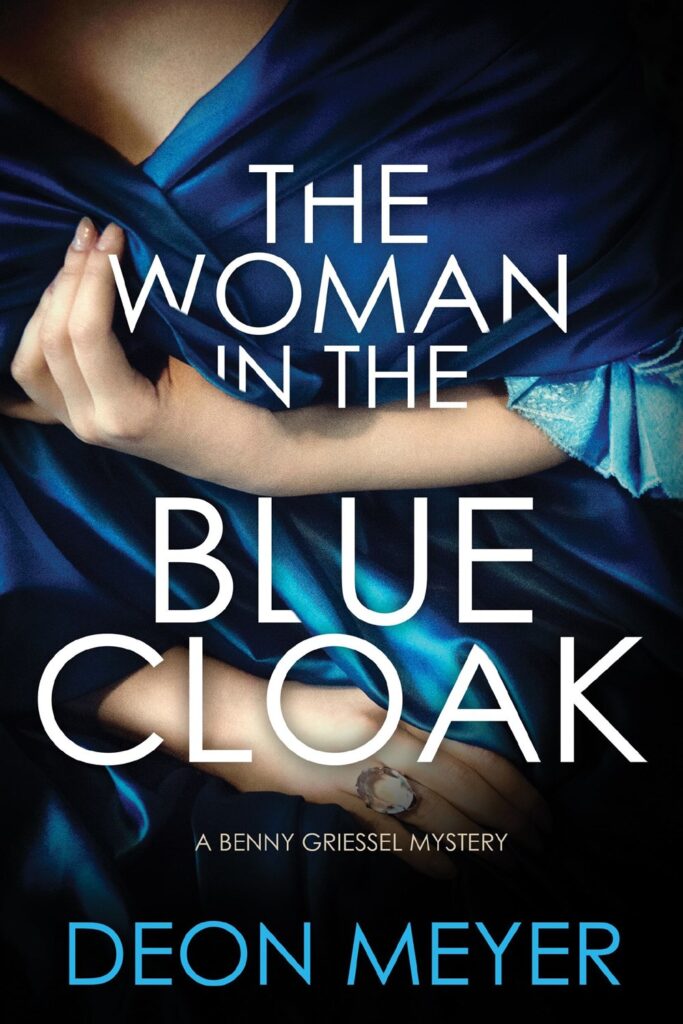
If you’re not Bono or Cecil Rhodes, South Africa is probably not on your bucket list of must-see countries in the world. A visit with Deon Meyer’s six Benny Griessel crime novels, however, will securely plant you on the streets and neighborhoods of this Captain in Cape Town’s Directorate for Priority Crime Investigations. In the tradition of Ken Bruen’s Galway detective Jack Taylor, Griessel is a sometime recovering alcoholic with a melancholic streak and a tenacious inquisitiveness. Translated from the legacy Boer language, Meyer’s Griessel novels are scattered with Afrikaans, Zulu, and Xhosa slang and filled with tidbits of the history, politics, and racial diversity of this former bastion of the British Empire.
The Woman in the Blue Cloak is a sweet addition to the Griessel series. Although short and light on plot, it is rich in character and the world of international art theft—particularly the work of 17th Century Rembrandt protégé Carel “Fabritius” Pietersz of The Goldfinch fame (largely driven by the eponymous Donna Tartt novel). Found on a remote highway east of Cape Town, a bleach-drenched naked corpse of a middle-aged white woman proves too complicated for the small-town cops, so they toss the case to Griessel and his churlish partner Vaughn Cupido.
But Benny’s got his mind on other things. Hanging on to five months of sobriety, he’s trying to borrow money to buy his girlfriend an engagement diamond ring from a sketchy pawn shop. Cupido puts Griessel’s dilemma in perspective: “Let me get this straight…you’ve already burned your fingers with a first marriage…and you’re an alcoholic…and Alexa is also an alky…she’s a rich woman, and you’re a police captain who is financially speaking, in jou moer…she’s this famous singing star, and you’re a nobody, who plays bass guitar in a geriatric covers band at the weekend…and in spite of all this, you’re going to ask her hand in marriage, and you’re going to tell me it’s because you love each other?” Maybe a high-profile murder case is an easier puzzle for Benny to solve than how to scratch out enough coin for a probable hot engagement diamond ring.
It turns out that the “Bleached Body” homicide is very high profile. A hotel worker recognizes the face from a news photograph, and tips Griessel and Cupido to her guestbook information. She’s an expat American living in London with an expert nose for recovering stolen art. Their boss Major Mbali Kaleni wants a quick closure to a case with no DNA or traceable clues. Cupido blames their slow progress on the poor initial investigation of the local cops: “Under-brained, under-trained, over-promoted and over-confident. Generally useless.” But they catch a break when a retired South African History Professor tracks the victim’s internet work and email trail to an invaluable Fabritius painting that might be squirrelled away in a fifth-generation Boer farmer’s basement.
Once again, Cupido colorfully gets to the heart of this possible motive: “That painting is just a picture. A few brush strokes and a pot of paint. By a dead Dutchman…One and a half billion rand. That’s just obscene.” So Griessel and Cupido have a probable motive, an internationally connected victim, and a thoroughly scrubbed crime scene. And Griessel is in love and trying to stay sober. And Kaleni is taking political heat to clear up the brutal murder of an American citizen in South Africa’s most beautiful city. And the pugnacious Cupido wants to bust the head of a former dirty cop who might be in on the art theft and also knows how to bleach a crime scene. Leave it to the sure touch of a crime writer who knows his stuff to sort all this out satisfactorily. Meyer’s Griessel novels are first rate and deserve a bigger audience…as does his native South Africa. Read a few then book a cheap flight to Cape Town.
Bruce Jacobs is the founding partner at Watermark Books & Cafe in Wichita, Kansas.
The Woman in the Blue Cloak by Deon Meyer (Atlantic Monthly Press, $22.00, hardcover, 160 pp.)






